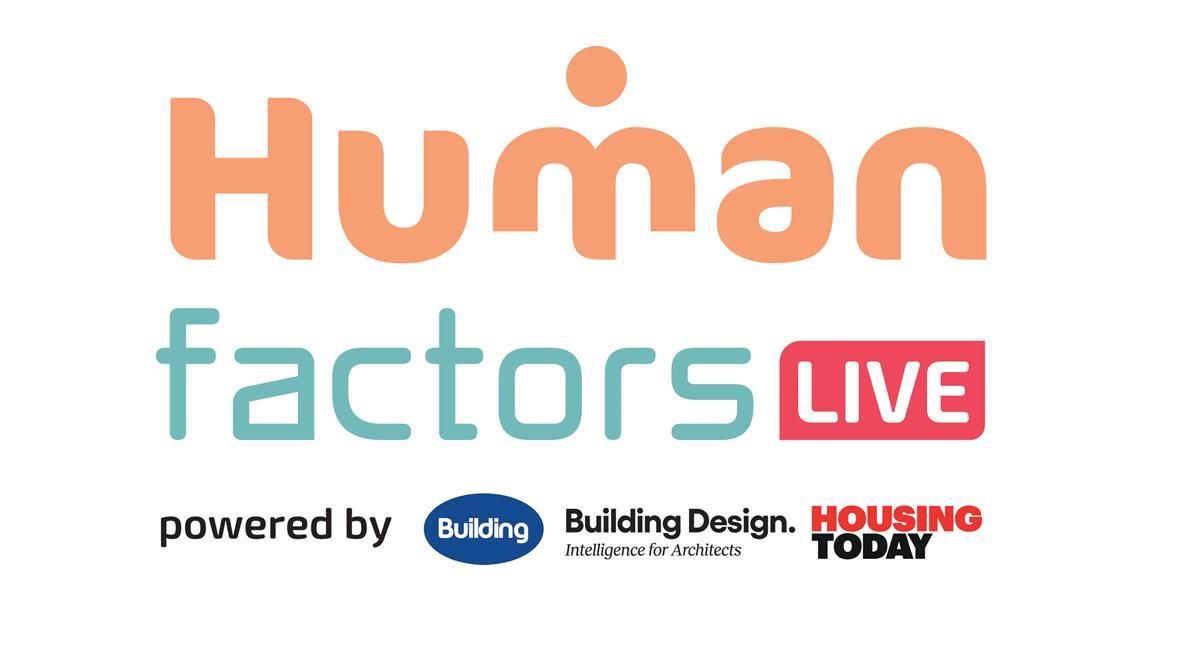The profession is losing talent to better-paying industries, with architects struggling to balance rising living costs and career demands. Aga Szedzianis asks what the industry can do to rebuild its value and secure its future

According to a recent RIBA fees survey, in real terms, architects’ earnings have fallen by almost 20% over the last 25 years. Inevitably, this is resulting in architects migrating to different industries, where salaries are significantly higher. Whether architecture is failing to attract new talent or losing experienced leaders owing to decreasing wages, it is a worrying trend for the profession.
The current salary for a Part 2 could barely cover London childcare costs for one child. With two children, the salary of a qualified architect only just covers the cost of childcare and the commute. A qualified architect who is also a parent is then presented with a choice: investing in childcare and doing a job which is often stressful and frequently requires long hours, or, for a comparatively similar financial outcome, staying at home with young children.
Many opt for the latter, choosing to leave architecture for years and, in some cases, forever. What’s more, this is an issue that affects women more than men.
This pattern is represented in ARB statistics, which show that although 50% of graduates are female, they only form 30% of registered architects. If we want to ensure architects can afford to have a career and a family, instead of barely surviving today’s living costs, salaries must improve.

According to industry salary guides and surveys, at a mid-level career point, the salaries of structural engineers and MEP engineers are at least 40% higher than those of architects. Sources such as the Pegasus Salary Guide show that an architect moving into consultancy roles, such as project management, can significantly boost their income.
Translated into real terms, engineers and project managers can afford to have a family mid-career, while architects will struggle. As both professions require high levels of training and skills, this raises the question: why is the work of structural and MEP engineers valued more than that of architects, especially around the mid-career point? The answer, in part, could be found in the organisational differences between the professions.
Engineers tend to work in larger, multidisciplinary companies, where efficiencies with overhead costs, processes, training and systems can be made. This multi-service offer can also help with fee negotiations. Within engineering companies, responsibilities are also more clearly divided, with many technicians and BIM specialists carrying out drawings and model-making, while engineers oversee their work. This breakdown gives engineers more time for design, coordination, meetings and training from the moment they graduate.
In contrast, architectural graduates spend the early years of their careers focusing on 3D modelling, visualisation and drawings. Of course, as architecture requires constant coordination and design tests, this level of specialisation is difficult to replicate; however, it does impact service efficiency.
The perception around professional titles in the building industry also has a part to play. Engineers, once they finish their first three years of university, can call themselves engineers, as per their bachelor undergraduate diploma degree. They can carry this title in everything from their company profile page to their email address footer. After pursuing further qualifications, they can go on to become chartered engineers, adding further to the perception of competence and prestige.
As an industry, we need to rethink how architectural services are valued
In contrast, UK architecture graduates, after five years of education and a postgraduate master’s degree, are given job titles frequently reduced to abbreviations such as Part 1, Part 2, or architecture assistant. Additionally, they must undergo further training to become an ‘architect’, a title they have had on their diploma for years, and a title that, in other countries, can be used immediately after graduating.
Put starkly, an engineer can call themselves an engineer after three years of education, whereas an architect can only call themselves such after a minimum of eight years of education and work experience. This can be demoralising, especially for architects on design teams with peers in related professions, carrying the same levels of responsibility.
>> Also read: Is an oversupply of architects driving down fees?
It makes me wonder whether, if architecture graduates were treated and addressed as architects, both by their peers and clients, it would make a difference to the responsibilities and opportunities offered to them, in turn improving their competency sooner in their careers, resulting in higher fees for their services. This could also give graduates a clearer and potentially more ambitious vision of their career path.
RIBA’s recent notice to chartered practices to uphold the Real Living Wage for their employees is, of course, a welcome initiative, as are recent changes to the ARB qualification framework. However, this really is only a start.
As an industry, we need to rethink how architectural services are valued. From here, we need to start rebuilding architecture as a career path that is both inspiring and realistic to pursue, for someone who also carries aspirations outside of work, such as home ownership or starting a family. Otherwise, new and established talent is bound to look elsewhere.
More on the state of the profession:
>> Architecture is a business. So why don’t architects act like business people?
>> Why I finally quit architecture
>> Architectural graduates can earn more at McDonald’s. That’s bad for diversity and the profession
>> Expectations vs reality: The truth about architecture as a career
>> How did architecture become such a poorly paid profession and what can we do about it?
>> How becoming a better businesswoman helped put me in control as an architect
>> Why architects need to prove their worth – and charge for it
>> The missing business education in architecture: Why architects struggle to value their services
Postscript
Aga Szedzianis is an associate at DSDHA.
















14 Readers' comments